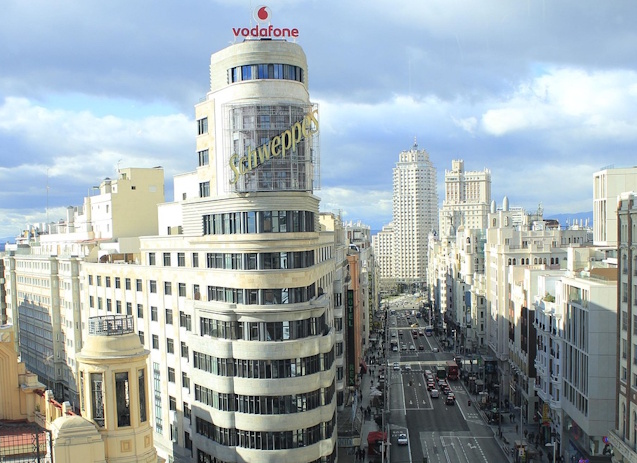Spain vs Italy: A Comprehensive Comparison
1. Introduction
Spain and Italy are two of Europe’s most culturally rich and historically significant countries. Both offer incredible food, history, art, and Mediterranean landscapes, but they differ in lifestyle, economy, and cost of living. This comparison will explore the key differences between Spain and Italy to help you decide which country best suits your needs.
2. Geographical Overview
- Spain: Covers 505,990 km², with a mix of mountains, coastlines, and dry plains. It has a Mediterranean climate, with hot summers and mild winters.
- Italy: Covers 301,340 km², featuring Alpine mountains, rolling hills, and stunning coastal areas. It has a Mediterranean climate, but Northern Italy experiences colder winters.
3. Key Comparison Table
| Factor | Spain | Italy |
|---|---|---|
| Location | Southern Europe | Southern Europe |
| Size (km²) | 505,990 km² | 301,340 km² |
| Population | 47 million | 59 million |
| GDP (Nominal) | $1.6 trillion | $2.1 trillion |
| GDP Per Capita | $34,000 | $36,000 |
| Cost of Living Index | Lower | Higher |
| Average Salary | $31,000 | $34,000 |
| Life Expectancy | 84 years | 83 years |
| Education Ranking | Strong public universities | Prestigious universities |
| Crime Index | Low | Low |
| Healthcare System | Universal public healthcare | Universal public healthcare |
4. Economic Comparison
- Italy has a slightly larger economy, with strong industries in automobile manufacturing (Ferrari, Fiat), fashion (Gucci, Prada), and food exports.
- Spain has a fast-growing economy, with strengths in tourism, renewable energy, and agriculture.
- Cost of living: Spain is cheaper overall, especially when it comes to housing and dining.
- Job market: Both countries struggle with youth unemployment, but Italy has a more competitive job market.
5. Quality of Life
- Healthcare: Both Spain and Italy have high-quality public healthcare systems, with Spain ranking slightly higher in efficiency.
- Education: Italy has older, more prestigious universities, while Spain offers more affordable education.
- Safety: Both countries have low crime rates, though pickpocketing in tourist areas is common.
6. Culture and Society
- Languages: Spain speaks Spanish, while Italy speaks Italian—both are Romance languages, making them similar in structure.
- Work-Life Balance: Spain has a more relaxed lifestyle, with longer lunch breaks and siestas, whereas Italians focus on family-oriented traditions.
- Social Attitude: Spaniards are lively and sociable, while Italians are passionate and deeply connected to their heritage.
7. Pros and Cons
Pros of Living in Spain:
✅ Lower cost of living compared to Italy
✅ Mild climate with more sunshine year-round
✅ More affordable housing and real estate options
Cons of Living in Spain:
❌ Higher unemployment rate, especially for young professionals
❌ Bureaucracy can be slow and inefficient
❌ Limited job opportunities outside major cities
Pros of Living in Italy:
✅ Rich cultural and historical heritage
✅ Strong economy in fashion, automotive, and food industries
✅ Prestigious universities and research institutions
Cons of Living in Italy:
❌ Higher cost of living compared to Spain
❌ More complex bureaucracy for expats and businesses
❌ Traffic congestion in major cities like Rome and Milan
8. Conclusion
Both Spain and Italy offer incredible food, history, and high-quality living standards. If you are looking for a lower cost of living, more relaxed lifestyle, and warm weather, Spain may be the better choice. However, if you prefer a stronger economy, world-renowned culture, and a traditional European experience, Italy could be the ideal destination.

